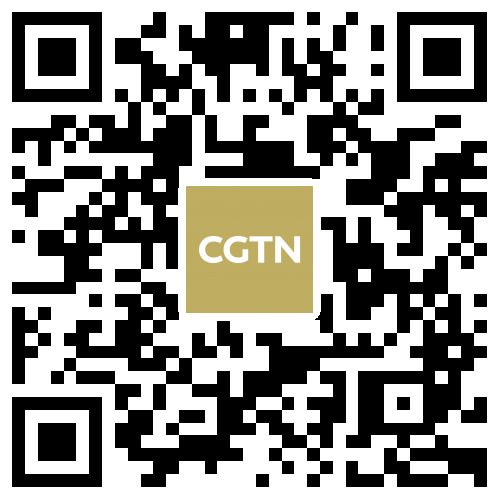An out-of-control rocket from Elon Musk's SpaceX company is expected to crash into the moon, which could provide a "very exciting potential opportunity" for research, says leading U.S. geologist James W. Head
The rocket was deployed in 2015 to put a NASA satellite into orbit and its second stage, or booster, has been floating in the cosmos ever since – a common fate for such discarded pieces of space technology.
Head, who trained NASA astronauts on how to extract samples from the moon in the early 1970s told CGTN Europe: "It'll make a crater on the moon and we're really excited about that actually because there are millions of craters on the moon that have happened over for half a billion years. But we can watch this one."
READ MORE
Training with the Ukraine military
Should all zoos be closed?
The dog rescued by a sausage
The impact of the rocket chunk weighing 4 tons will not be visible from Earth in real time, nor will NASA's Lunar Reconnaissance Orbiter (LRO), which is currently orbiting the moon, be in a "position to observe the impact as it happens," a NASA spokesperson told AFP.
The LRO could be used later, however, to capture images for before-and-after comparisons. Finding the crater "will be challenging and might take weeks to months," the spokesperson stated.
Studying a crater formed by a hurtling object with a known mass and speed (it will be traveling at 9,000 km/h) and the material the impact stirs up could help advance selenology, or the scientific study of the moon.
"We're hoping to be able to actually see and watch the crater form and see the ejecta and understand its composition," Head added.
Spacecraft have been intentionally crashed into the moon before for scientific purposes, such as during the Apollo missions to test seismometers, but this is the first unintended collision to be studied.

